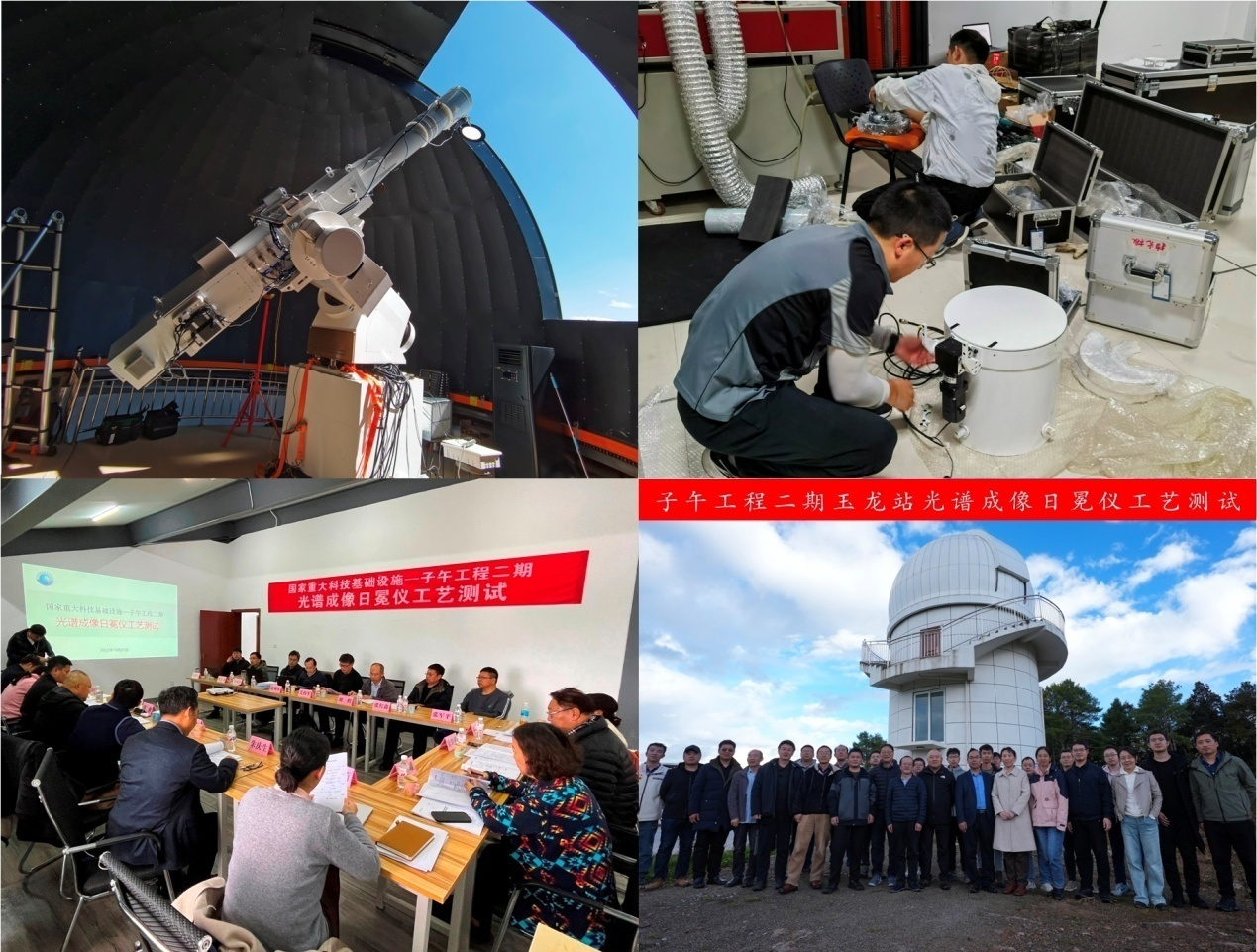
The Spectral Imaging CoronaGraph (SICG) obtained its first coronal image on October 25, 2023, marking the successful completion of China's first independently developed normalized operational ground-based coronagraph.
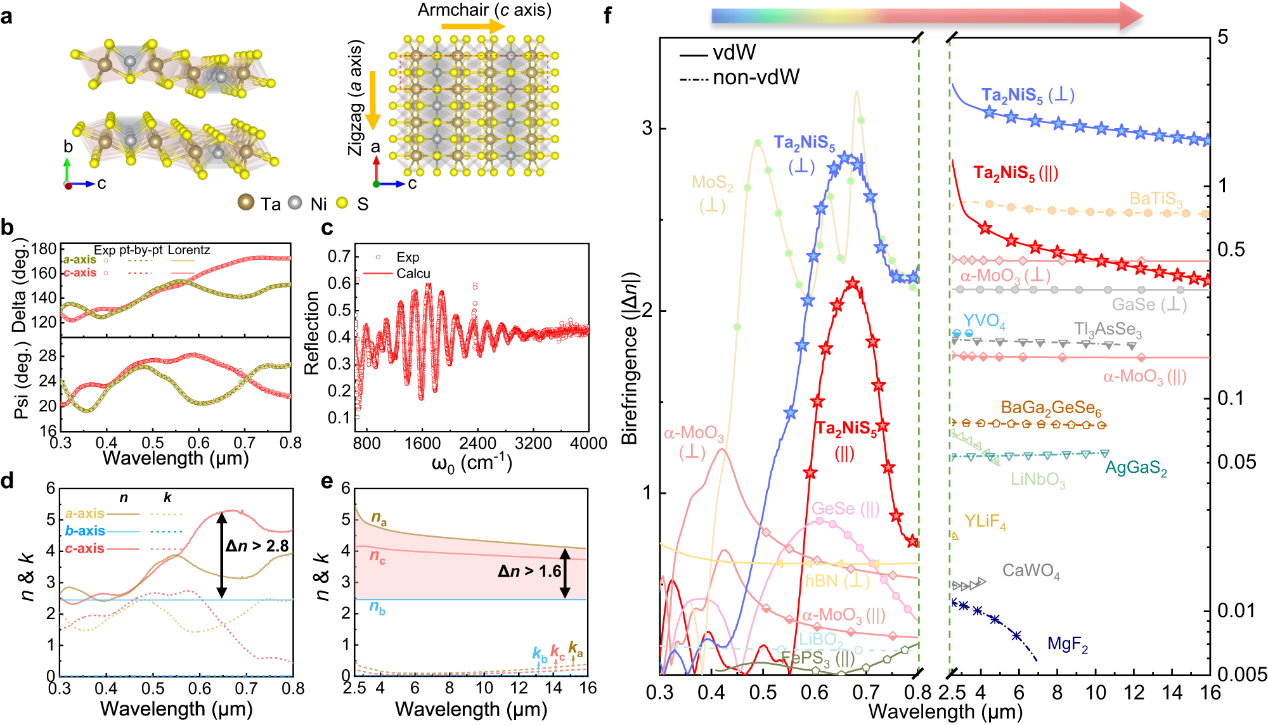
In a study published in Nature Communications, a research group led by Prof. LI Dabing and Prof. LI Shaojuan from the Changchun Institute of Optics, Fine Mechanics and Physics (CIOMP) of the Chinese Academy of Sciences (CAS) proposed and experimentally demonstrated the presence of broadband, low-loss, giant in-plane birefringence in a biaxial van der Waals materials Ta2NiS5, spanning an ultrawide-band from visible to mid-infrared wavelengths.
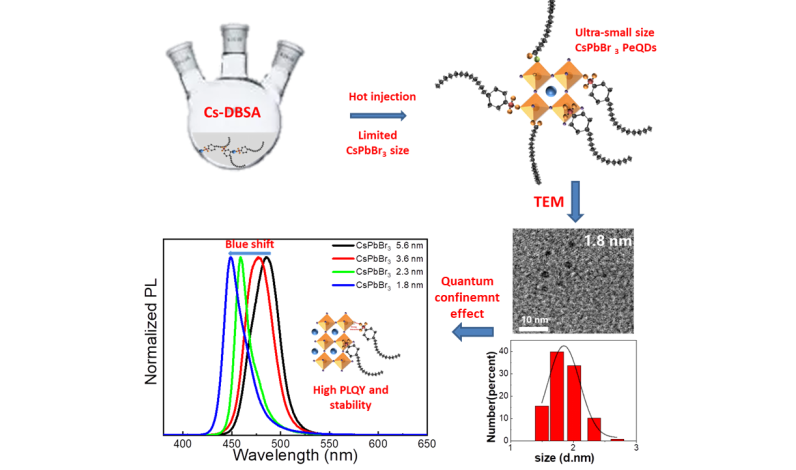
In a study published in Chemical Engineering Journal, a research group led by LIU Xingyuan from the Changchun Institute of Optics, Fine Mechanics and Physics (CIOMP) of the Chinese Academy of Sciences (CAS) proposed a new idea to synthesis ultra-small-size, highly efficient and stable CsPbBr3 PeQDs.

A research group led by Prof. ZHANG Jiahua from Changchun Institute of Optics, Fine Mechanics and Physics of the Chinese Academy of Sciences proposed a Be2+-doping strategy to increase the quantum efficiency of red phosphor CaAl12O19:Mn4+. The work was published in Advanced Optical Materials.
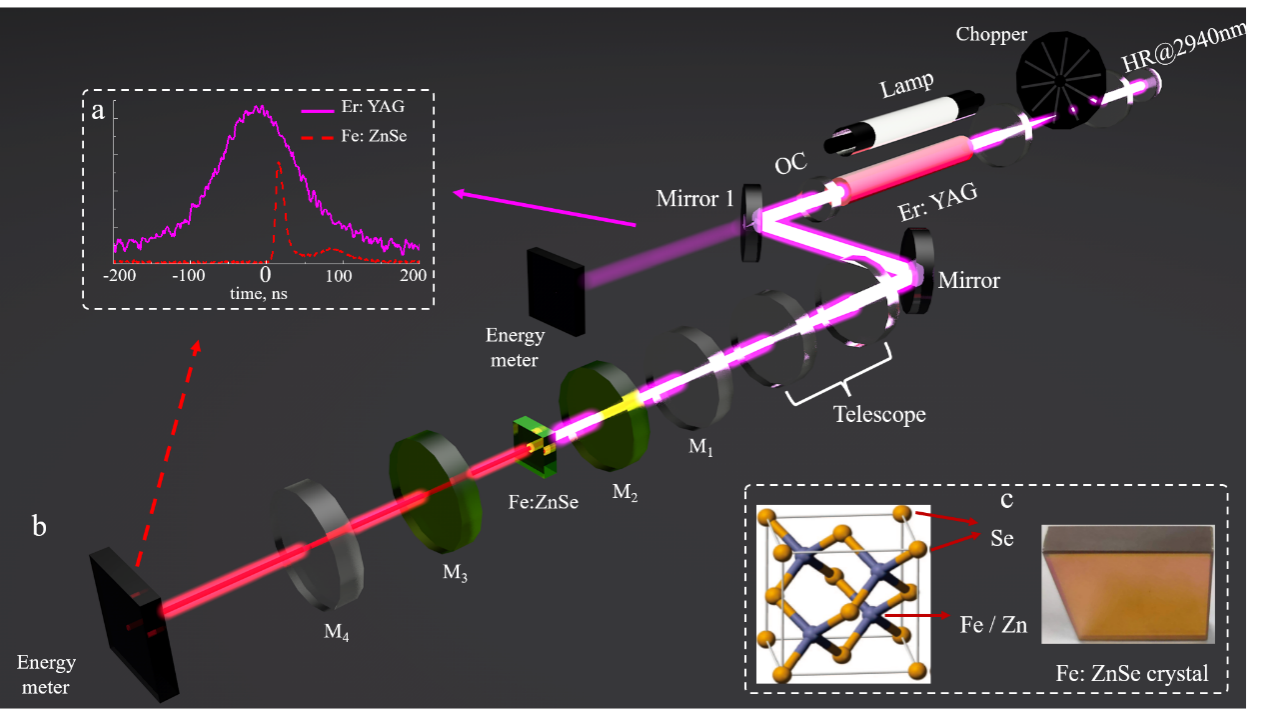
In a study published in Optics Express, a research group led by Prof. PAN Qikun from Changchun Institute of Optics, Fine Mechanics and Physics (CIOMP) of the Chinese Academy of Sciences (CAS) proposed a pulse high energy Fe: ZnSe laser pumped by Q-switched Er: YAG laser.
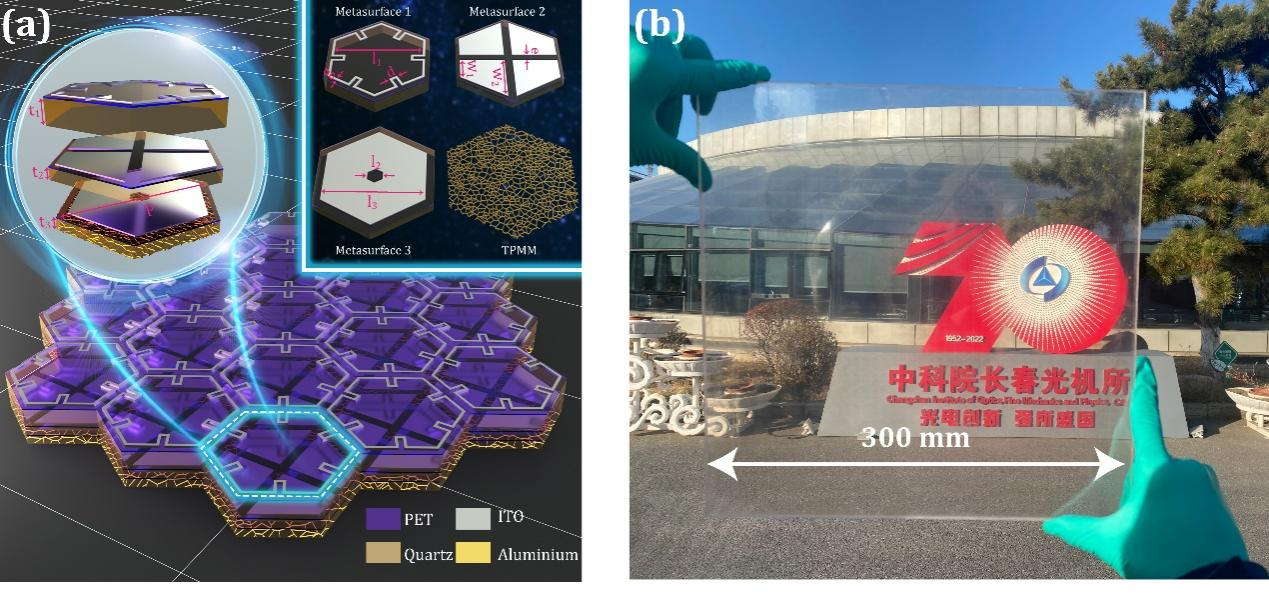
Optically transparent microwave devices, which convey divergent microwave functionalities on optical observation windows, play important roles in the rapidly developing optoelectronic-integration compact systems for next-generation wireless communications, electromagnetic environmental safety, and hyperspectral detection.
